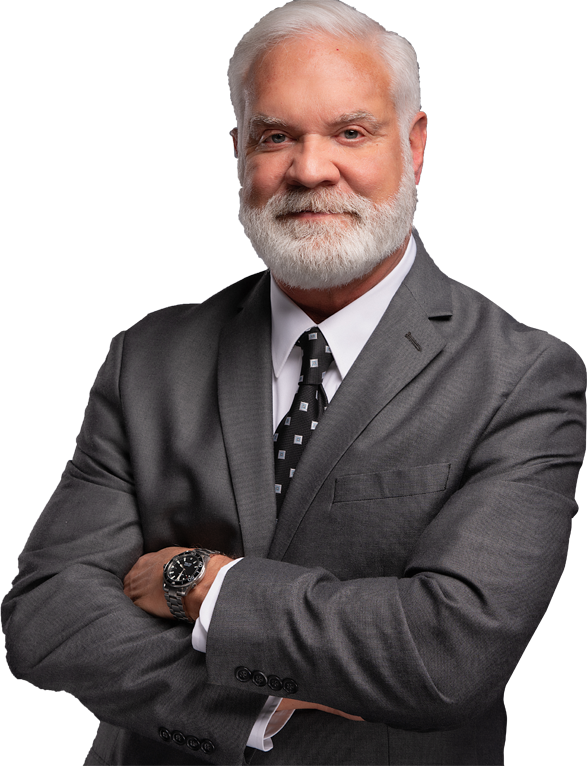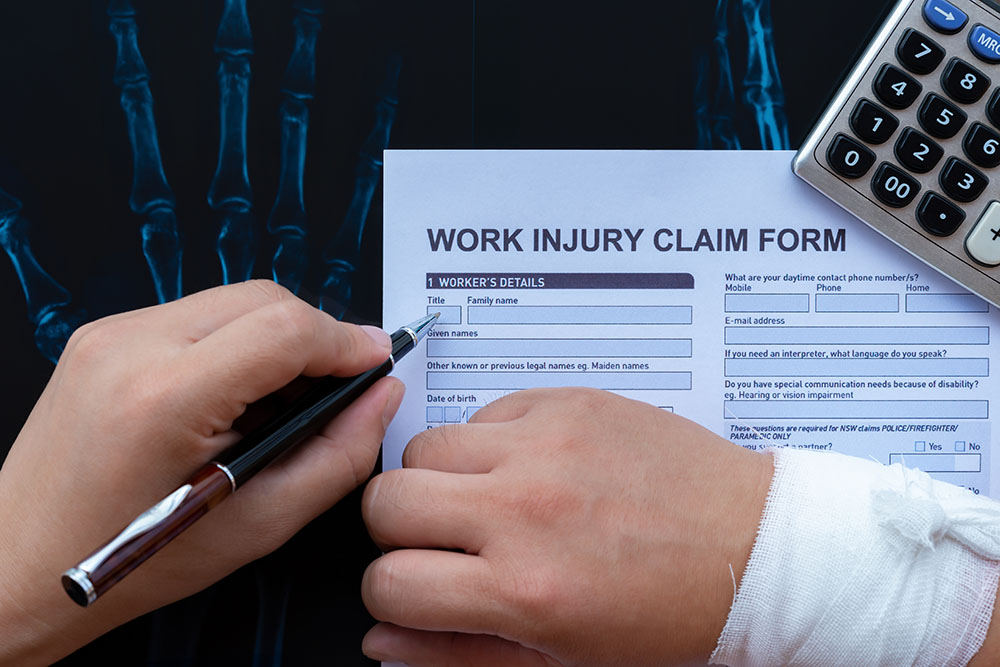Clergy sexual abuse is a grave issue that has affected many individuals across different communities. Victims may feel scared, confused, or ashamed, making it hard to take action. However, understanding the legal steps to secure justice can be a critical first step in the healing process. Taking action can also help prevent future abuse and hold wrongdoers accountable.
Victims need to know that they are not alone and that legal remedies are available. The process might seem overwhelming, but it is important for victims to understand their rights and the steps they need to take. With the right information, victims can navigate this painful journey with more confidence.
Knowing what to do can make a huge difference. From understanding the nature of clergy sexual abuse cases to gathering important documents and choosing the right lawyer, each step plays a vital role in seeking justice. By staying informed and taking determined action, victims can find a path toward justice and healing.
Understanding Clergy Sexual Abuse Cases
Clergy sexual abuse cases involve acts committed by religious leaders who take advantage of their position to abuse children or adults. This abuse can cause severe emotional, mental, and physical harm. Victims may feel powerless and afraid to come forward due to the authority and respect often given to religious figures.
Understanding the nature of these cases is important. Abuse can happen in many forms, including inappropriate touching, sexual assault, and exploitation. Religious institutions may try to cover up these incidents to protect their reputation, making it even harder for victims to get justice.
Clergy sexual abuse is a serious crime, and it’s vital to recognize that these acts go against both legal and moral standards. It’s crucial for victims to know that they have the right to seek justice and that the law is designed to protect them. Taking the first step to understand what clergy sexual abuse entails can empower victims and give them the courage they need to move forward with legal action.
Key Legal Steps for Victims
Taking legal action against clergy sexual abuse involves several key steps. These steps can provide a clear path for victims seeking justice and help ensure that the perpetrators are held accountable.
Steps to Take:
1. Report the Abuse: The first step is to report the abuse to the authorities. This can be the local police, a child protective services agency, or another relevant body. Reporting sets the legal process in motion and helps to protect other potential victims.
2. Seek Medical Attention: It’s important for victims to get immediate medical care. This not only addresses any physical injuries but also creates medical records that can serve as evidence.
3. Contact a Lawyer: Speaking with a lawyer who specializes in clergy sexual abuse cases is crucial. They can offer legal advice, guide you through the process, and represent you in court.
What to Expect:
1. Investigation: Once a report is filed, authorities will start an investigation. This can involve interviewing the victim, witnesses, and the accused.
2. Filing a Lawsuit: If there’s enough evidence, the next step is to file a lawsuit. Your lawyer will help you prepare the necessary documents and submit them to the court.
3. Court Proceedings: The case may go to trial, where both parties present their evidence. The court will then decide on the matter, which can include compensation for the victim and penalties for the perpetrator.
Understanding these legal steps can help victims feel more prepared and less intimidated by the legal process. Taking action is an essential part of securing justice and starting the healing journey.
Important Documents and Evidence to Gather
Gathering the right documents and evidence is crucial for building a strong case against clergy sexual abuse. These items can provide proof and support your claims, making it harder for the perpetrator to deny the abuse.
Essential Documents to Collect:
1. Medical Records: Obtain all medical records related to the abuse, including any visits to doctors, hospitals, or counselors. These records can show the physical and mental impact of the abuse.
2. Police Reports: If you reported the abuse to the authorities, secure copies of all police reports and investigation documents. These files are critical for legal proceedings.
3. Personal Journal or Notes: If you kept a journal detailing the abuse, these notes can serve as powerful evidence. They provide a timeline and context for the incidents.
4. Communication Records: Save any emails, text messages, or letters between you and the abuser. These can show the nature of your interactions and any attempts by the abuser to manipulate or control you.
Other Useful Evidence:
1. Witness Statements: Collect statements from anyone who might have seen or heard the abuse or who you confided in. Their testimonies can add weight to your claims.
2. Photographs: If there are any physical injuries, take photos as soon as possible. Timestamped photographs can serve as visual evidence of the abuse.
3. Institutional Records: Request any records from the religious institution that may relate to your case, such as complaints from other victims or internal investigations.
By gathering this evidence, you can build a comprehensive case that supports your claims. Staying organized and thorough will improve your chances of securing justice.
How to Choose the Right Lawyer for Your Case
Choosing the right lawyer to handle your clergy sexual abuse case is a crucial step in the legal process. The right lawyer can provide the expertise, support, and representation needed to navigate this challenging situation.
Factors to Consider:
1. Experience: Look for a lawyer with a proven track record in handling clergy sexual abuse cases. Experienced lawyers will know the ins and outs of such cases and can offer valuable advice.
2. Specialization: Ensure the lawyer specializes in personal injury law or sexual abuse cases. Specialization ensures they have the necessary knowledge and skills for your case.
3. Reputation: Research the lawyer’s reputation by reading reviews and testimonials from previous clients. A well-regarded lawyer is more likely to handle your case effectively.
Questions to Ask Potential Lawyers:
1. How many clergy sexual abuse cases have you handled? This gives you an idea of their experience level.
2. What is your success rate in these cases? A lawyer’s success rate can indicate how likely they are to win your case.
3. How do you approach these cases? Understanding their approach can help you determine if their style matches your needs.
Choosing the Right Fit:
1. Comfort and Trust: It’s important to feel comfortable with your lawyer. Trust is essential since you will be sharing sensitive information.
2. Accessibility: Make sure the lawyer is accessible and communicative. You should be able to reach them easily whenever you have questions or concerns.
3. Fees: Discuss the lawyer’s fees upfront. Some lawyers work on a contingency basis, meaning they only get paid if you win. This can be a good option if you are worried about legal costs.
Selecting the right lawyer will significantly impact your case’s outcome. Take your time to choose someone who meets these criteria and makes you feel supported.
Conclusion
Seeking justice for clergy sexual abuse is a difficult but necessary journey. Understanding the nature of these cases, taking key legal steps, gathering important documents, and choosing the right lawyer are all critical components in this process. Each step empowers victims to reclaim their lives and hold abusers accountable for their actions.
Taking action can feel overwhelming, but knowing what to do and having the right guidance makes a significant difference. Remember, the law is on your side, and there are dedicated professionals ready to help you through each stage of the process.
If you or a loved one has experienced clergy sexual abuse, don’t go through it alone. At Greg Jones Law, P.A., we’re here to support you every step of the way. Contact us today to discuss your case and take the first step towards achieving the justice you deserve.




